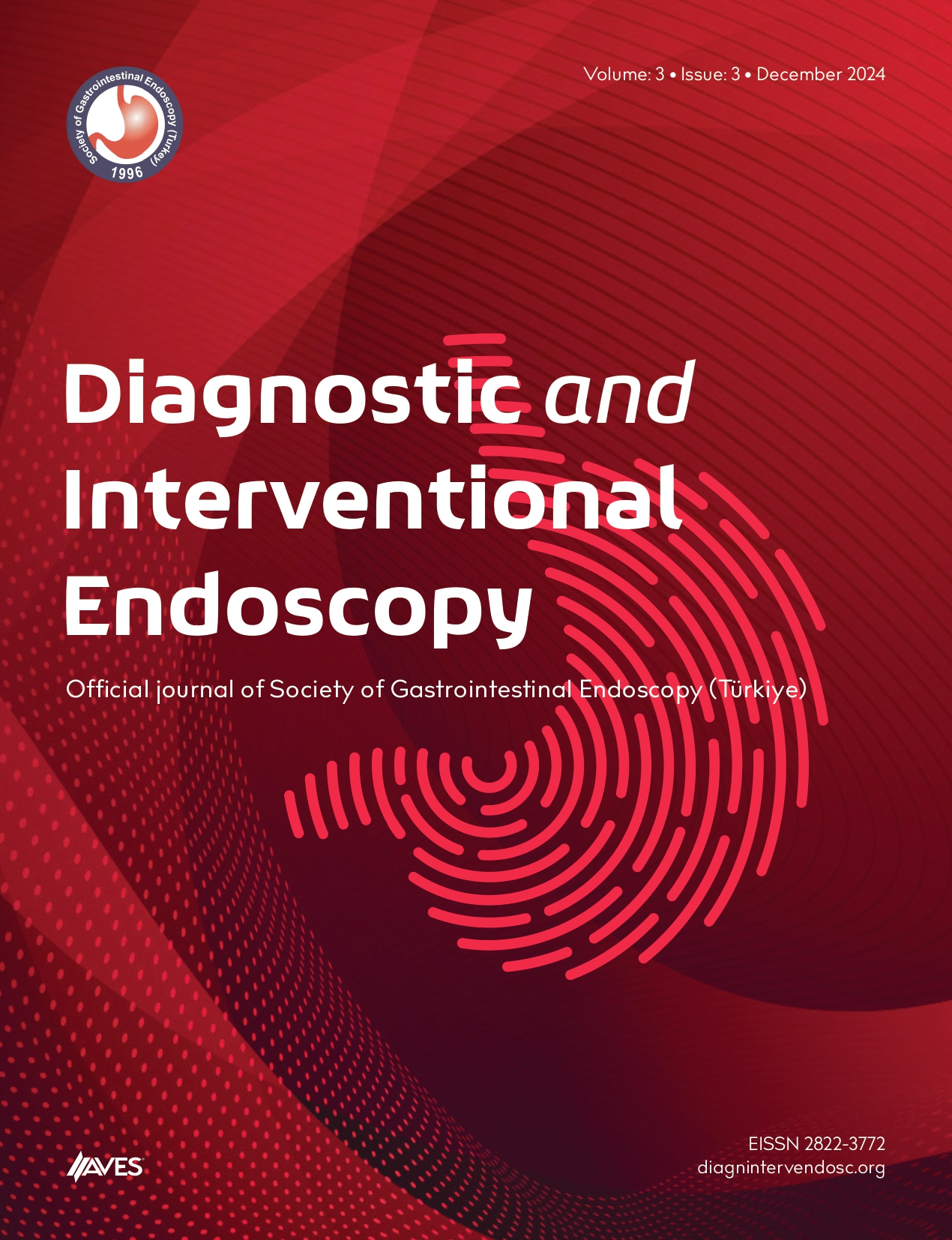Objective: The diagnostic yield of endoscopic ultrasound (EUS)-guided fine-needle aspiration (FNA) can vary according to many factors. We aimed to determine the predictors that optimize the diagnostic yield of EUS-FNA, particularly the role of on-site cytopathologists.
Methods: A total of 175 patients who underwent EUS-FNA were retrospectively enrolled in this study. Lesion localization, size, characteristics, and the presence of a cytopathologist during the examination were evaluated. A standard endoscope and a Cook Medical Echo Tip 22G needle were used to view, evaluate, and perform FNA on the lesions using the Standard Suction Technique.
Results: The most common lesion location was the pancreas, accounting for 70% of cases. The average lesion size was 3.2 ± 1.7 cm. Rapid on-site pathological evaluations (ROSE) were performed for 64 patients (37%), significantly improving diagnostic rates to 78% compared to 63% without ROSE (OR 2.09, 95% CI 1-4.2, P=.039). The diagnostic yield was higher for solid lesions compared to cystic ones (OR 2.2, 95% CI 1-4.7, P=.03). A positive correlation was found between lesion size and diagnostic yield (R 0.18, P=.017). ROC analysis showed that lesions larger than 2.4 cm had a diagnostic specificity of 73% and sensitivity of 45% (AUC 0.61, P=.019).
Conclusion: Our findings clearly revealed that ROSE enhances the diagnostic yield and procedural efficiency of EUS-FNA. This may be related to the high quality of smears prepared by the cytopathologist. Furthermore, larger lesion sizes were associated with higher diagnostic accuracy, particularly in pancreatic lesions.
Cite this article as: Sevindik Günay D, Çavuş B, Çifçibaşı Örmeci A, et al. Enhancing diagnostic yield of EUS-guided FNA through on-site cytopathology. Diagn Interv Endosc. 2024;3(2):21-25.

.png)


.png)